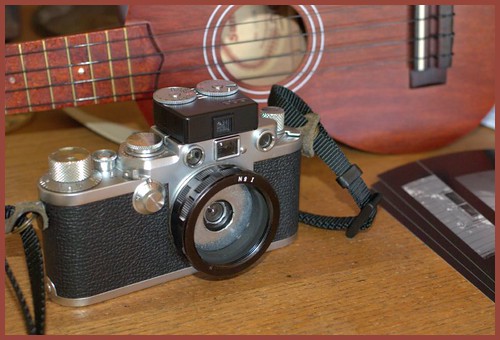BTMarcais
Well-known
It is pretty easy usually. A flathead screwdriver helps.
The cameras come with the film all wound out of the cassette- everytime you take a photo and wind on to the next frame, you're actually rewinding one frame of film. Wind on all the way until it's loose after the last shot and you'll know all the film is in the cassette.
Take off the cardboard/paper covering
Then you'll either need to pry open a little door/hatch on the bottom of the camera by the right hand grip, or pry apart the front and back of the camera. You'll probably see where the camera was snapped together.
If you do it carefully, without breaking anything off, you can reuse the camera.
-Brian
The cameras come with the film all wound out of the cassette- everytime you take a photo and wind on to the next frame, you're actually rewinding one frame of film. Wind on all the way until it's loose after the last shot and you'll know all the film is in the cassette.
Take off the cardboard/paper covering
Then you'll either need to pry open a little door/hatch on the bottom of the camera by the right hand grip, or pry apart the front and back of the camera. You'll probably see where the camera was snapped together.
If you do it carefully, without breaking anything off, you can reuse the camera.
-Brian





